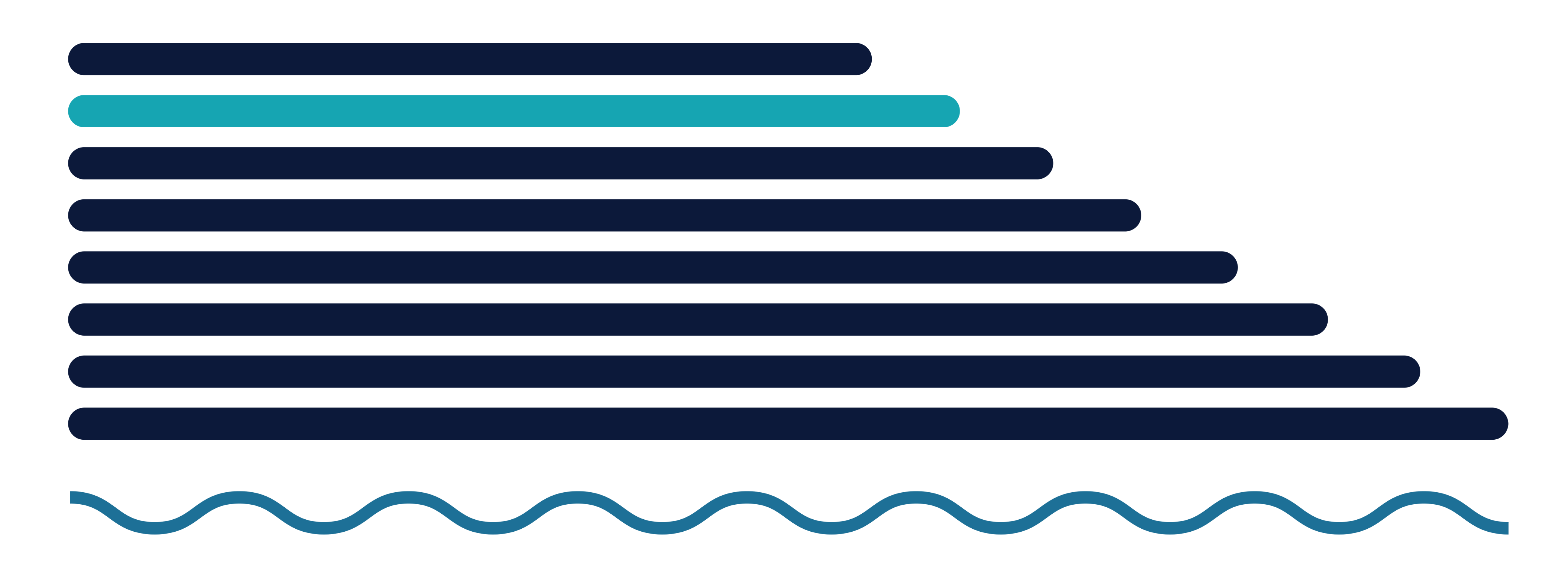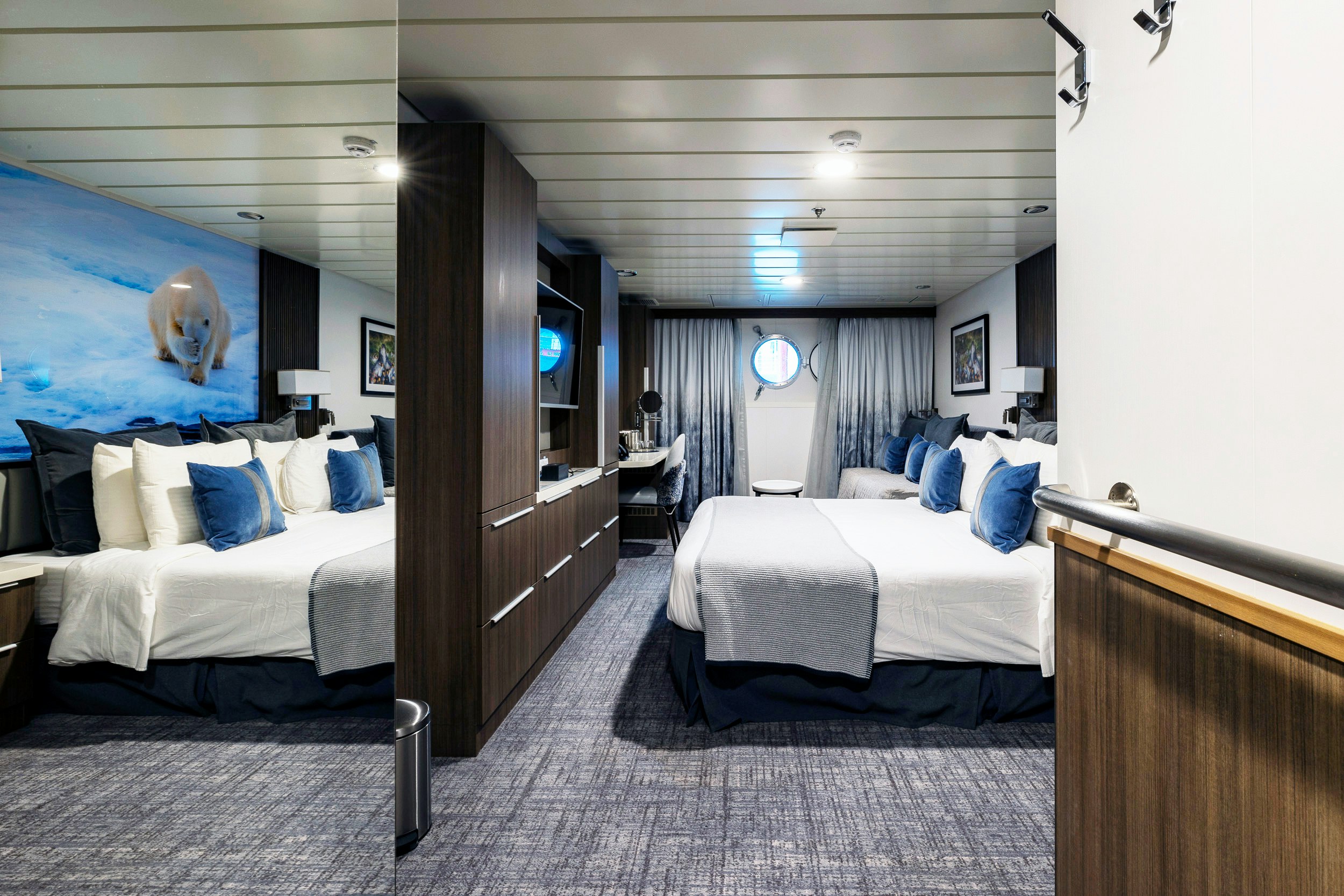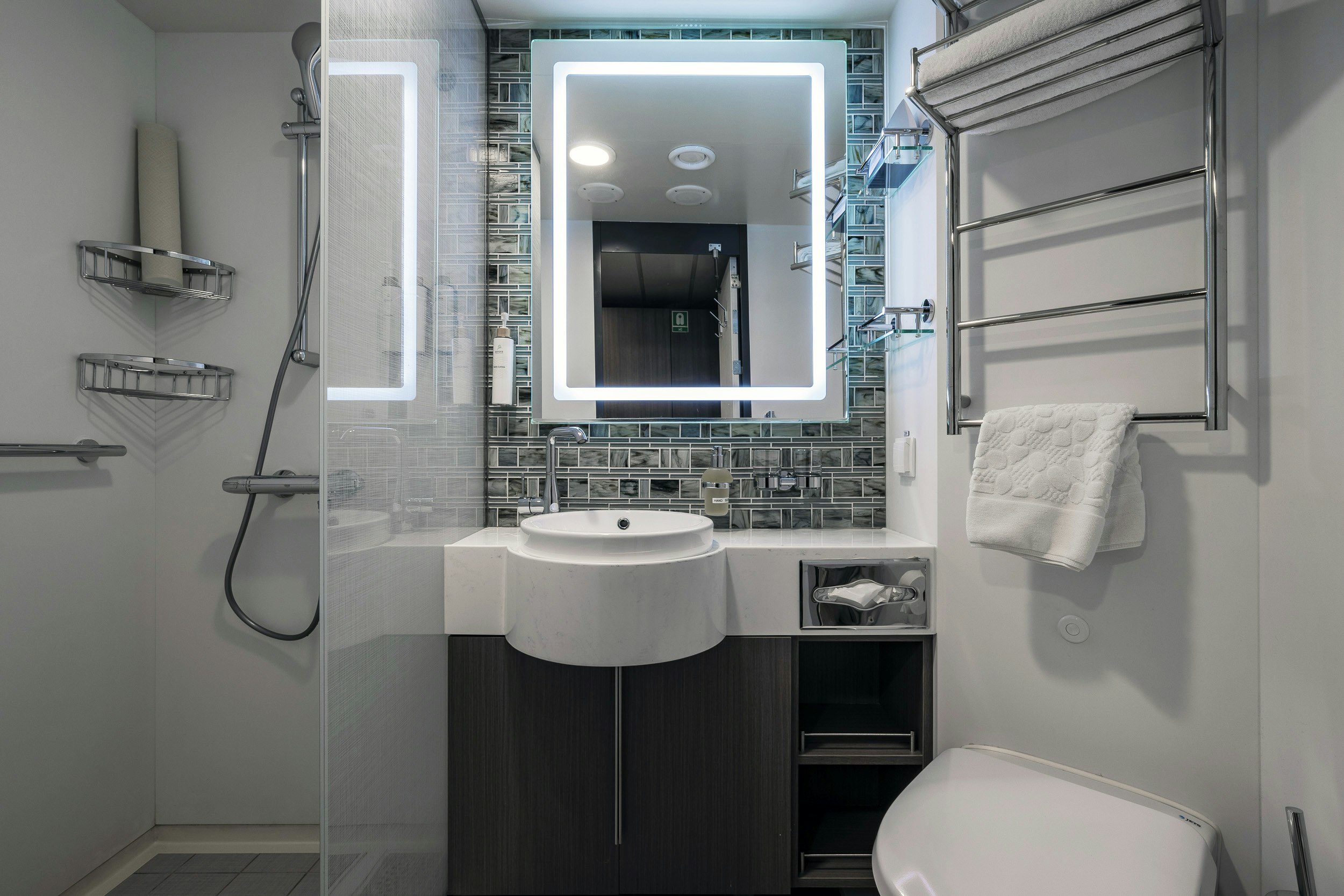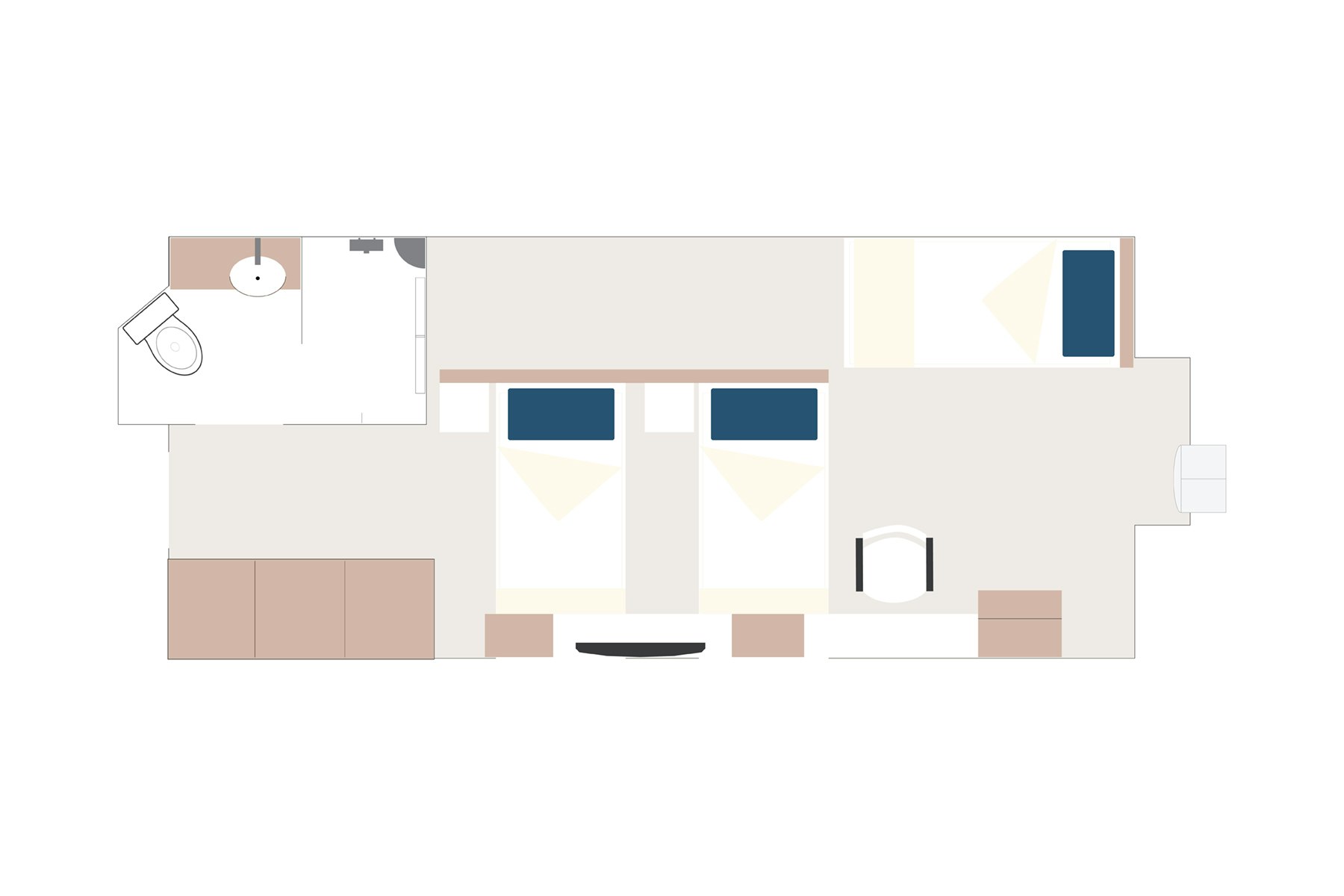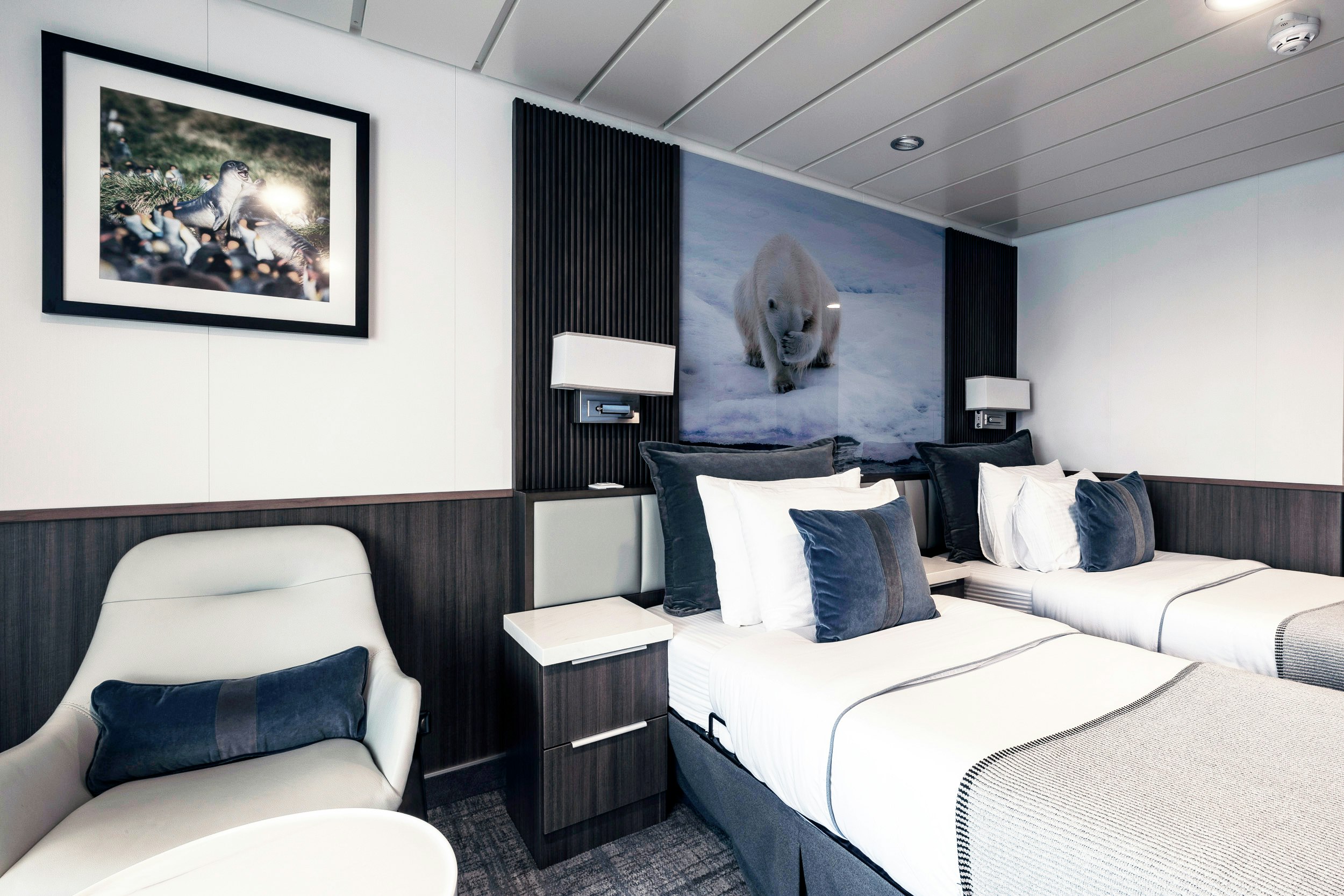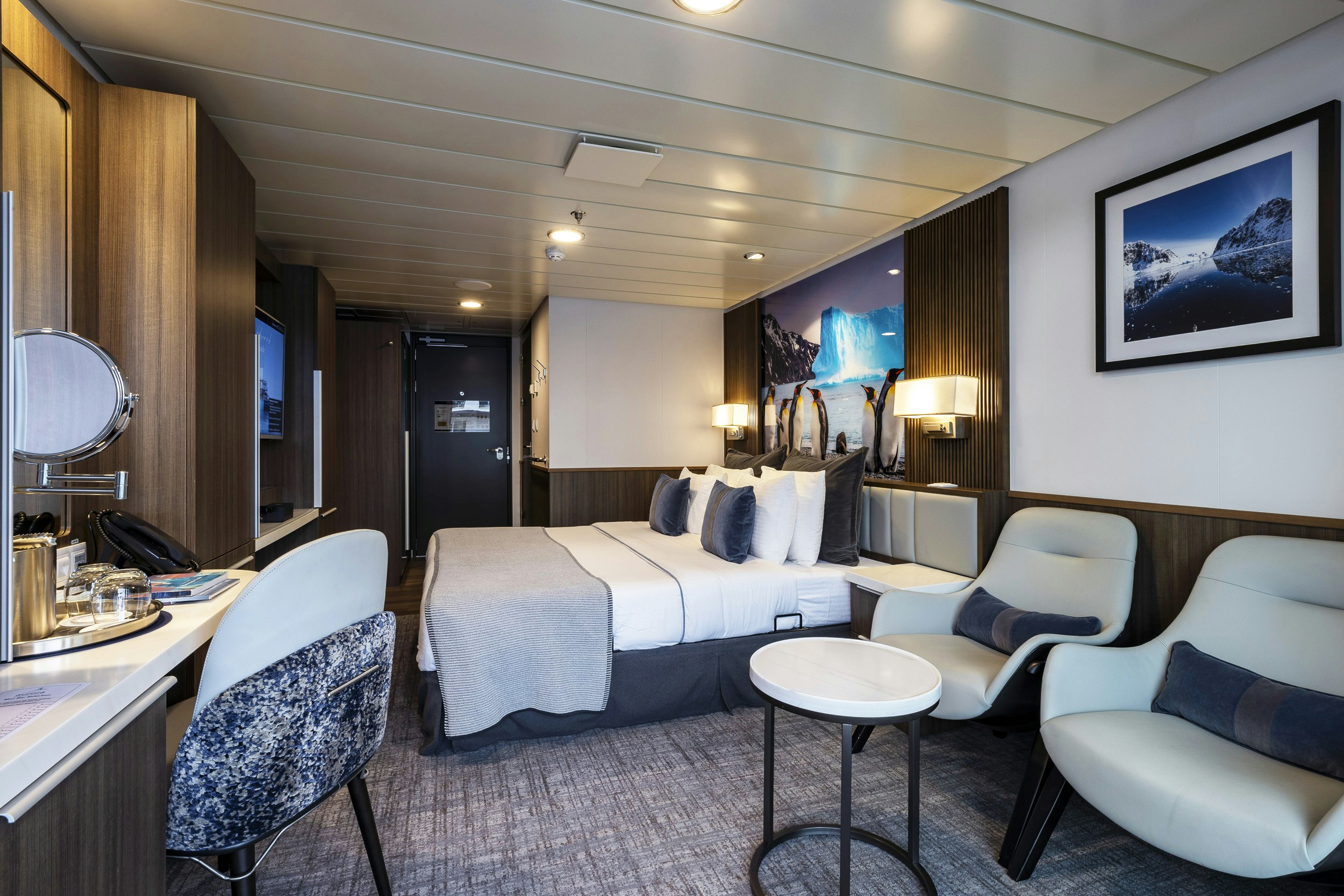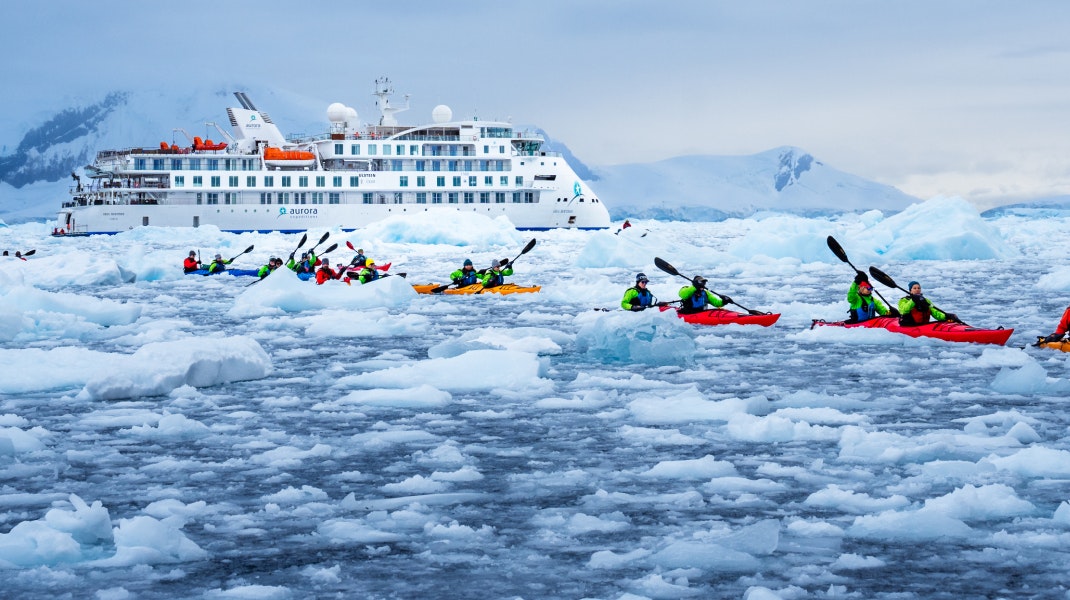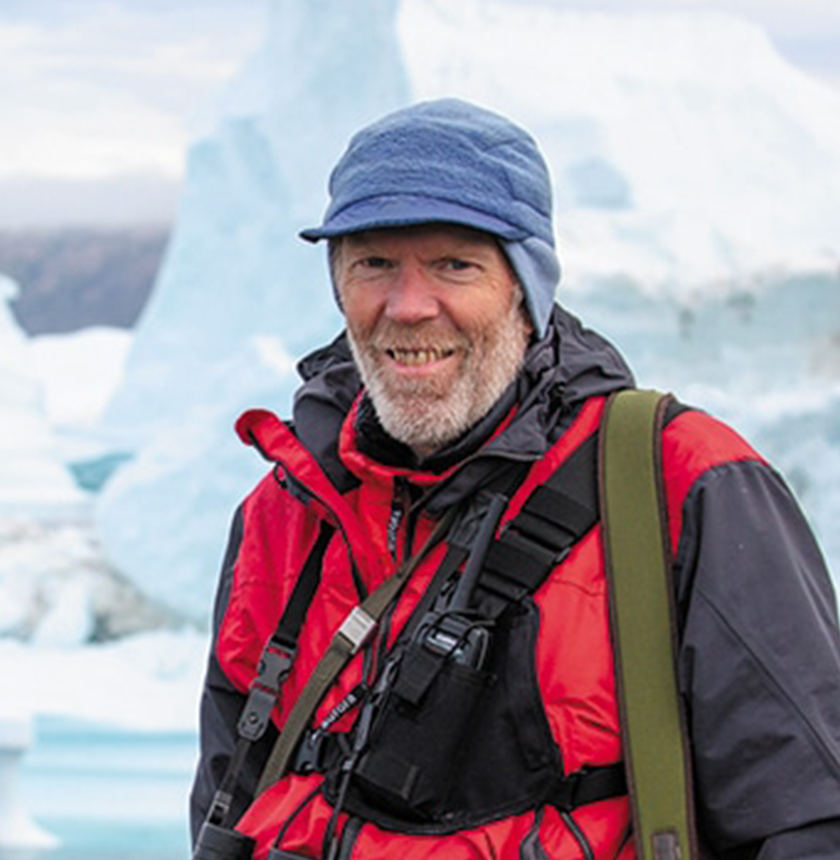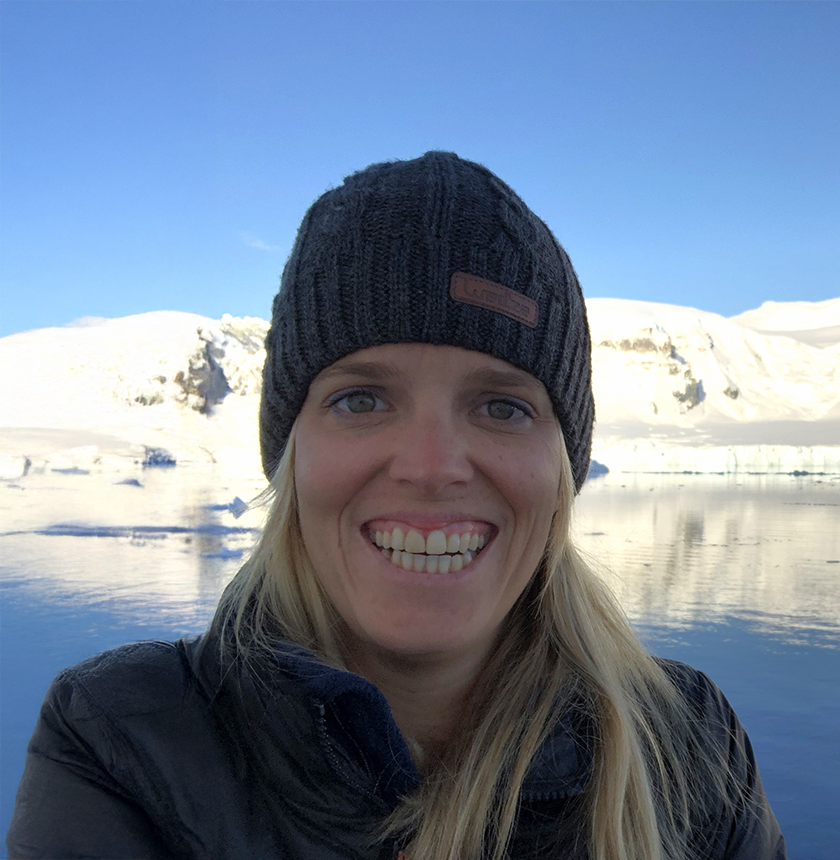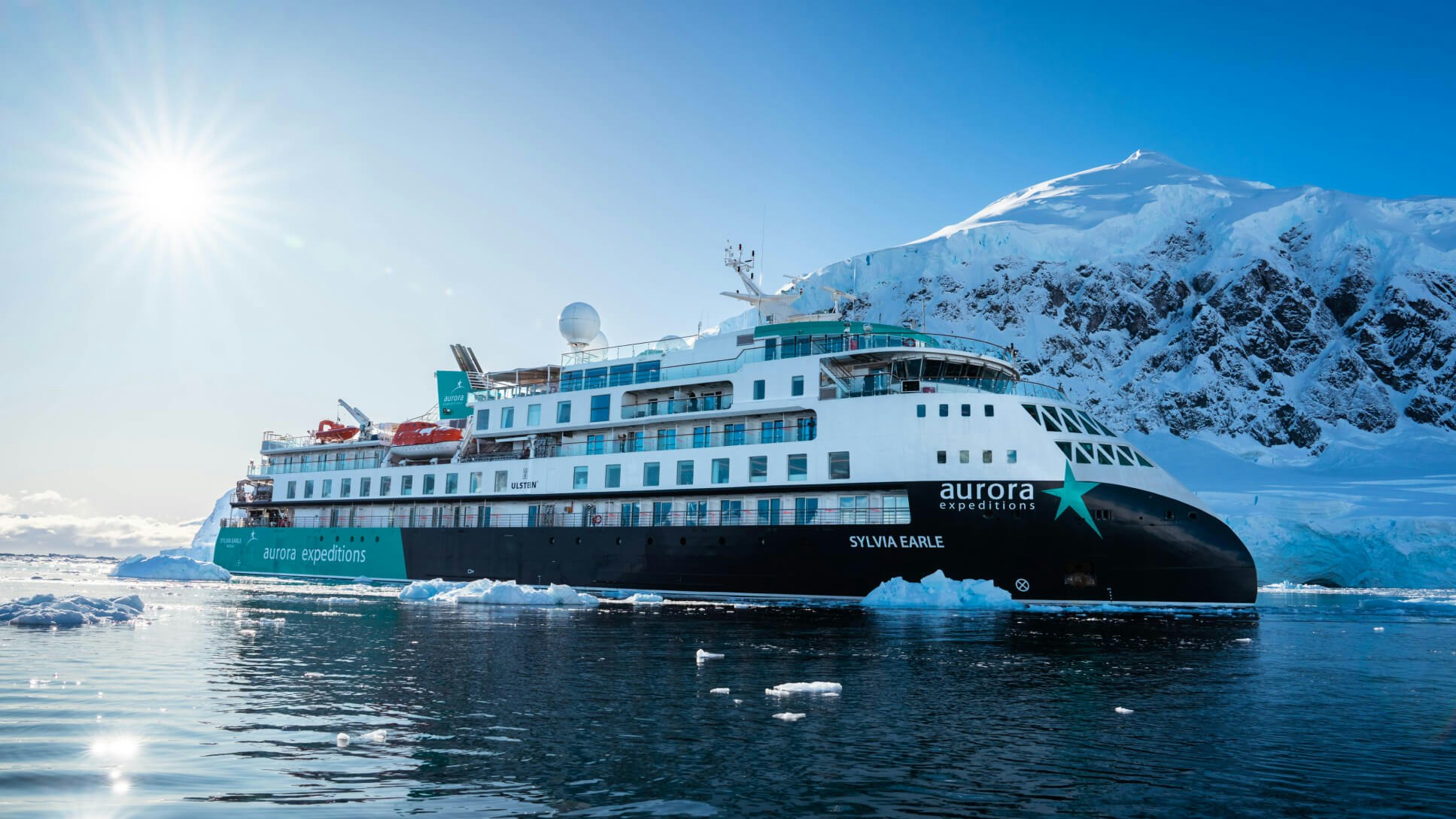Having made your way to San Jose, you will be met by a representative of Aurora Expeditions and transferred to our group hotel. Please visit the Aurora Expeditions hospitality desk to collect your luggage cabin tags and to speak with our ground operations team, who may have information to share with you about pre-embarkation or to provide you with information about where to dine, withdraw cash or purchase last minute items from a local pharmacy or supermarket.
Enjoy free time, and in the evening, dine at your leisure (dinner not included).
Assigned accommodation: To be confirmed

This morning, your luggage will be collected from the hotel and transferred directly to the port for sanitisation, clearance and delivered to your cabin ahead of your arrival on board. There is time to settle into your cabin before attending important safety briefings. Enjoy the thrill of departure as we ‘throw the lines’ and set sail for an exciting tropical adventure.

Curú National Wildlife Refuge is a privately-owned nature reserve offering visitors outstanding eco-tourism experiences. The refuge is the first privately-owned refuge in Costa Rica, encompassing more than 3,700 acres of tropical forests, mangroves, and well-marked paths. 17 hiking trails wind through the varied terrain within the reserve, where you may see white-tail deer, armadillos and iguanas. Various monkey species are prolific within refuge including native capuchin, spider, and howler monkeys. Located on the southern Nicoya Peninsula of north-western Costa Rica, the refuge is brimming with wildlife and hosts one of the most beautiful beaches and protected bays on the Nicoya Peninsula, a great place to enjoy water activities.

Boasting over 100 species of mammals, 184 species of birds and an impressive variety flora, Manuel Antonio National Park understandably attracts wildlife enthusiasts from all over the world. Costa Rica’s star attractions - two and three toed sloths, as well as white-faced monkeys, toucans, agoutis, armadillos and coatis are a few of the exciting animals that you may encounter within the park. We explore the park in the cool, early hours of the morning before returning to the vessel for lunch. In the afternoon, you have the option to explore Quepos town or enjoy some water activities.

The untamed Osa Peninsula is considered by National Geographic to be ‘one of the most biologically intense places on earth’. We plan to hike the trails at Rio Claro Wildlife Refuge, a sanctuary that encompasses 500 hectares of tropical rainforests, making it one of the most important natural preserves in Central America. Rio Claro is one of the last refuges for pumas, ocelot, jaguarundis, tapirs, white-lipped peccaries and a host of other rainforest animals. The high plateau forests, with trees towering over 43 m (140 ft), supports hundreds of species of ferns, bromeliads and orchids, and creates a biological corridor between palm swamps and mangroves. It is an extension of Corcovado National Park, the country's largest and one of the most remote parks in Costa Rica.

Golfo Dulce, or Sweet Gulf, is a large bay that hugs pristine beaches, rivers and tall evergreen forests - a protected area known as the Golfo Dulce Forest Reserve. As one of the wettest places on Earth with over 5,000 millimetres (200 inches) of rainfall per year, the Golfo Dulce Forest Reserve features some of the world’s tallest trees.
The warm tropical waters in the gulf are a great place to enjoy aquatic activities, where spinner dolphins are often seen frolicking in the bay. There are ancient coral reefs to explore, where you can see enormous coral gardens and the creatures that inhabit them. On land, there are more pristine rainforest trails for you to explore, where you can marvel at the extraordinary flora and fauna that contributes to Costa Rica’s biodiversity.
By Zodiac, we shuttle ashore to Saladero Ecolodge and explore the gardens and walking trails filled with flowering plants. Keep a watch for birds including toucans, scarlet macaw, caracara and woodpeckers.
In Golfo Dulce we exit Costa Rica and continue our journey as we sail to Panama.

We continue to Coiba Island, a National Park and a UNESCO World Heritage site, located off the southwest coast of Panama. The national park includes the main island of Coiba and 38 smaller islands in the surrounding marine areas within the Gulf of Chiriquí. Protected from the cold winds and the effects of El Niño, the Pacific tropical forest if Coiba Island features exceptionally high levels of endemic mammals, birds and plants. It is the last refuge for a number of threatened animals including the crested eagle.
On Coiba Island, we spend the morning in the area of Granito de Oro islet, a unique place that allows snorkellers to encounter a diversity and volume of marine life that is usually reserved for scuba divers. This is one of the world’s most sought-after diving destinations. The local ranger will provide guidance on the optimal places where we can enjoy water activities.
The following morning, we plan to land at Punta Clara, which served as a penal colony from 1919 to 1996, where Panama’s most notorious criminals and political prisoners were incarcerated. At the peak of its operations, the prison housed up to approximately 3,000 inmates in about 30 camps spread around the islands. You can visit the dilapidated penitentiary buildings or walk along the beach looking for scarlet macaws, yellow caracara and various seabirds. Back on board, enjoy lunch as we set towards the Pearl Islands.

After a morning at sea, we reach The Pearl Islands of Panama, an archipelago located in the North Pacific Ocean in the Gulf of Panama, covering around 250 small islands. The Spanish Conquistadors discovered the islands in 1503 and gave the Islands its name due to the great amounts of pearls found on them. The Pearl Islands were originally named by the Spanish explorer Vasco Nuñez de Balboa due to the bountiful pearls that were harvested off the islands’ shores. The Pearl Islands are most famous for their spectacular and tranquil white sand beaches, untouched forests, and colourful coral reefs offshore.
We plan to visit one of the islands to enjoy some paddleboarding, paddling in kayaks and snorkelling in the warm, turquoise waters.

Three million years ago, the Isthmus of Panama emerged from the sea and changed the world forever. It divided an ocean and joined two continents together, triggering one of the most important natural evolution events in the history of the world. Today, this narrow land bridge in Central America is home to more species of birds and trees than the whole of North America. Panama is of course world-famous for its 77 km (48 mi) canal that connects the Pacific Ocean with the Atlantic Ocean.
Panama’s history has been formed by a rich pre-Columbian era for more than 12,000 years. Early cultures in Panama were the Monagrillo, the Cueva and the Conte, particularly famous for their pottery, which was the first in the Americas. The first European claiming the territory of today’s Panama was Rodrigo de Bastidas, coming from Colombia’s Atlantic coast in 1501. In 1513 Vasco Nuñez de Balboa became the first Spaniard to see the Pacific Ocean from the top of a hill. Four days later he and his men stood at the shores of the Pacific Ocean. In 1519, Panama City was founded and became an important hub for seized goods making its way from Peru to Spain.
We visit Gatun Lake, a large artificial lake with a unique ecosystem that forms a major part of the Panama Canal, carrying ships for 33 km (20 miles) on their transit across the Isthmus of Panama. At the time it was created, Gatun Lake was the largest artificial lake in the world. The vegetation at Gatun Lake offers ideal habitats for a large number of bird species.
The excursion starts with boat trip that heads north on the canal for 25 minutes where we may get close to some of the larger ships that transit the canal daily. Enjoy a leisurely cruise along the forested banks of Gatun Lake looking for wildlife such as capuchin monkeys, howler monkeys, three-toed sloth, various kinds of toucans and other bird life. This is a place to observe the raw regenerative power of the forest as it struggles to claim what was once wild.
In the afternoon, we visit an Emberá village, an indigenous tribe who have inhabited this region for centuries. There are about 33,000 Emberá living in the Darién, Panama, and 50,000 in Colombia. On our visit to one of the Emberá villages near Panama City, you will be warmly welcomed by the local villagers and enjoy a presentation to learn about their history, culture and way of life. On a guided walk through their village, you will meet more villagers who may show you inside their home, sample local snacks and learn about their medicinal plants. The Emberá are renowned for their exquisite handmade jewellery and woven handicrafts, and you will have the chance to appreciate and to purchase their work.

Crossing the Panama Canal will surely be a highlight for many travellers. Each year, over a million people visit the canal to witness this engineering marvel at work. Starting in the Pacific Ocean, you will be able to admire the Bay of Panama and Panama City’s splendid skyline before passing under the ‘Bridge of the Americas’. The vessel will then transit through the first set of locks, the Miraflores Locks, where it will be lifted 16 metres (52 foot) in two distinct steps. Next, your ship will enter Miraflores Lake, which is a small artificial body of fresh water that separates Pedro Miguel Locks from Miraflores Locks.
The vessel will transit through Pedro Miguel Locks, which is one of the two sets of locks on the Pacific side, and here the vessel is lifted 9 metres (29 foot) in one step. After exiting Pedro Miguel locks, your boat will travel through the Gaillard Cut, where the Chagres River flows into the canal. The Gaillard Cut (also known as Culebra Cut because its curves resemble a snake) is one of the main points of interest for visitors because it was carved through the Continental Divide and this section of the canal is full of history and geological value.
As you transit the cut you will see dredging occurring to control the sediments entering the canal because of the terrain’s susceptibility to landslides. Sail through Gatun Lake, which was formed by erecting the Gatun Dam across the Chagres River, and during your transit through the lake, you will pass the Smithsonian Research Station at Barro Colorado. The last of the three locks is the Gatun Locks, the only set of locks in the Atlantic sector of the canal. At Gatun Locks, the vessel will be lowered a total of 26 (85 foot) metres in three distinct chambers.
The complete crossing from the Pacific to the Atlantic Ocean takes approximately 10 hours, a journey that once took almost two weeks to complete, when vessels were forced to sail around the notoriously rough seas around Cape Horn at the bottom of South America to reach the Pacific coast.
This evening, celebrate a memorable journey at Captain’s Farewell reception.

Disembark in Colon, on the Caribbean side of the Panama Canal, where you'll farewell your expedition team before transferring to Panama City.
Note: At the conclusion of the voyage, we do not recommend booking flights departing Panama City prior to 2.00 pm. Please advise your departure flight information to your reservations consultant.

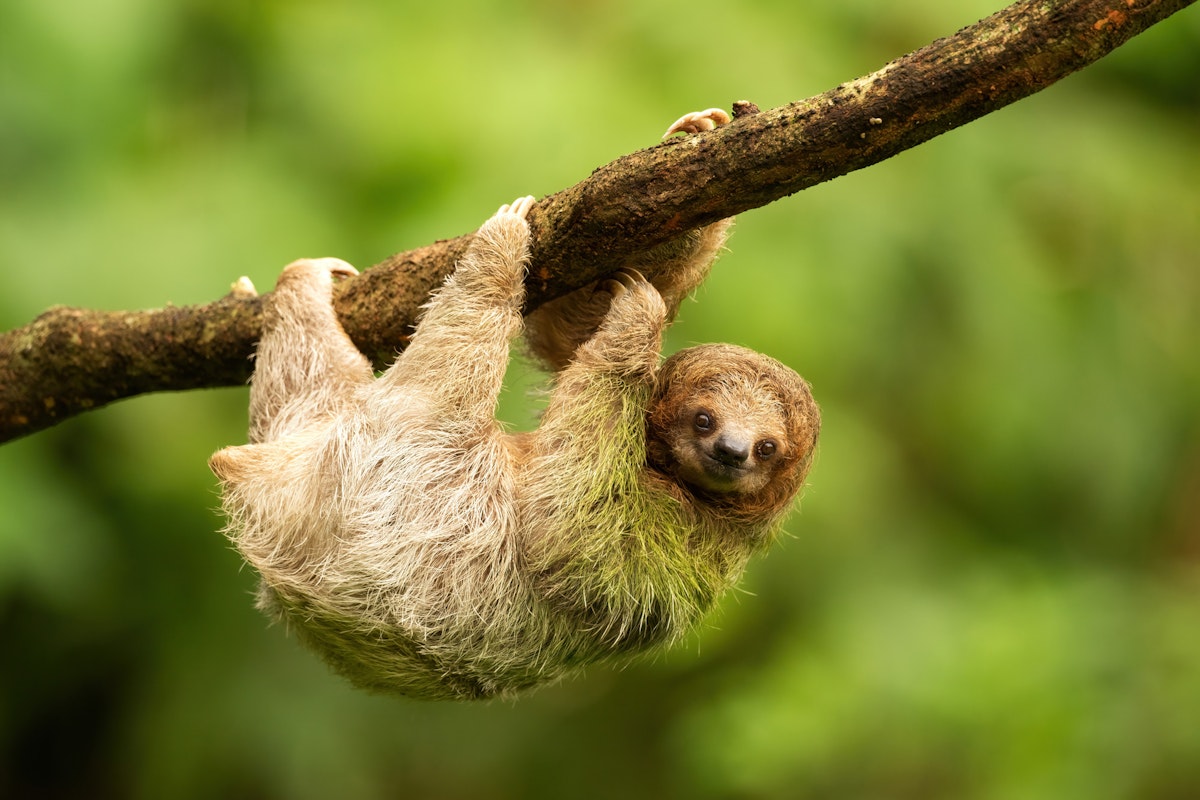
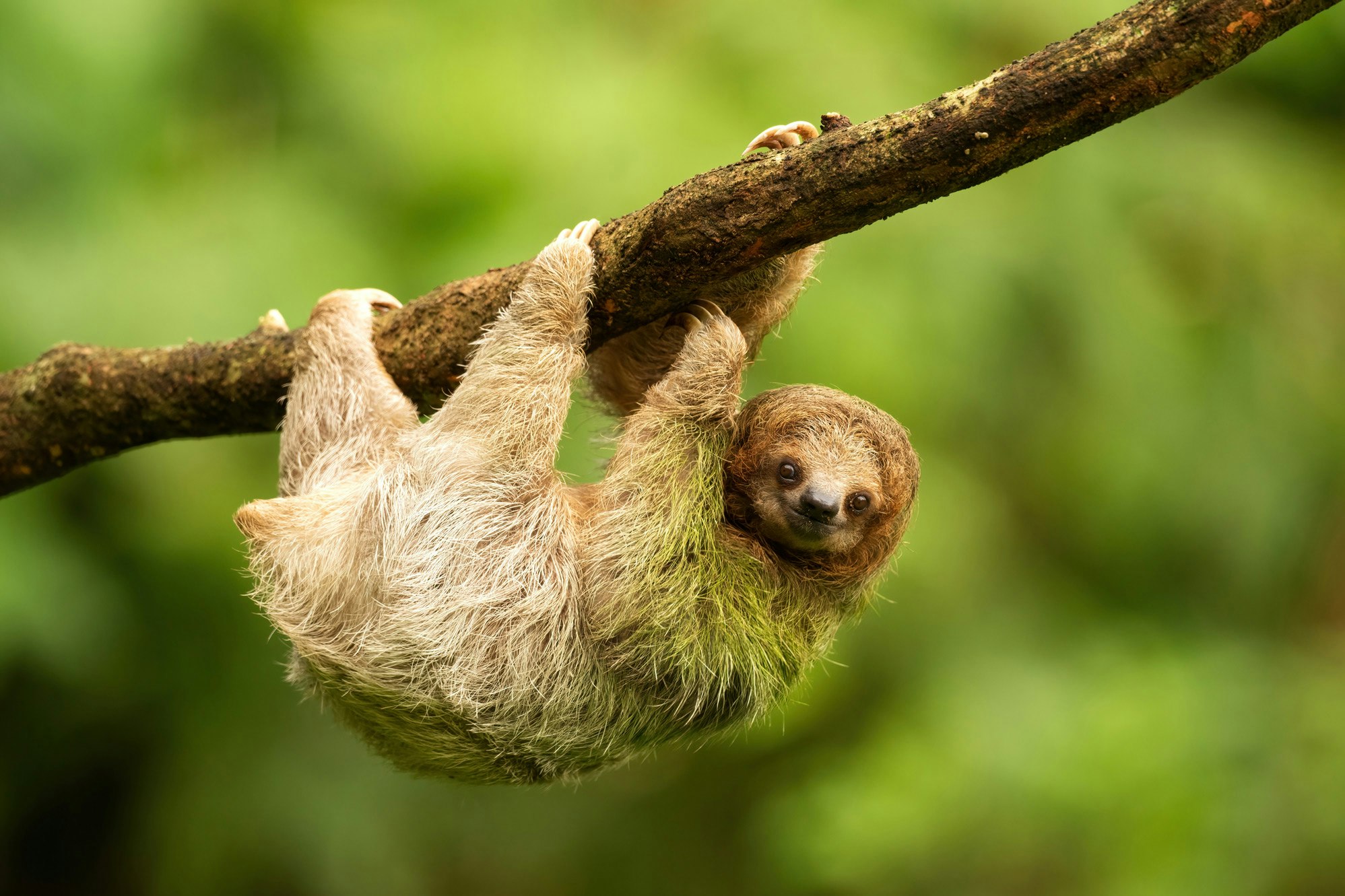

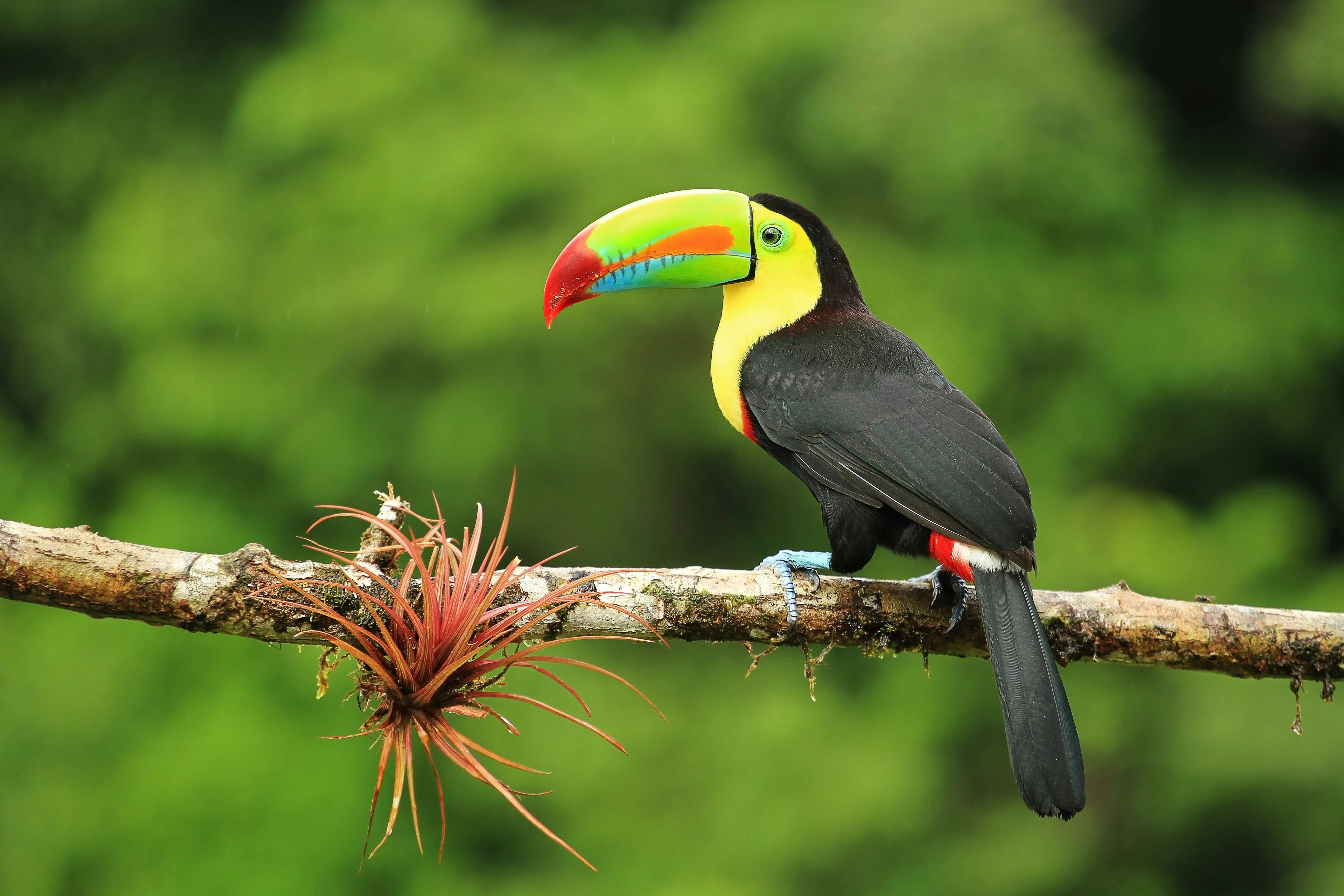
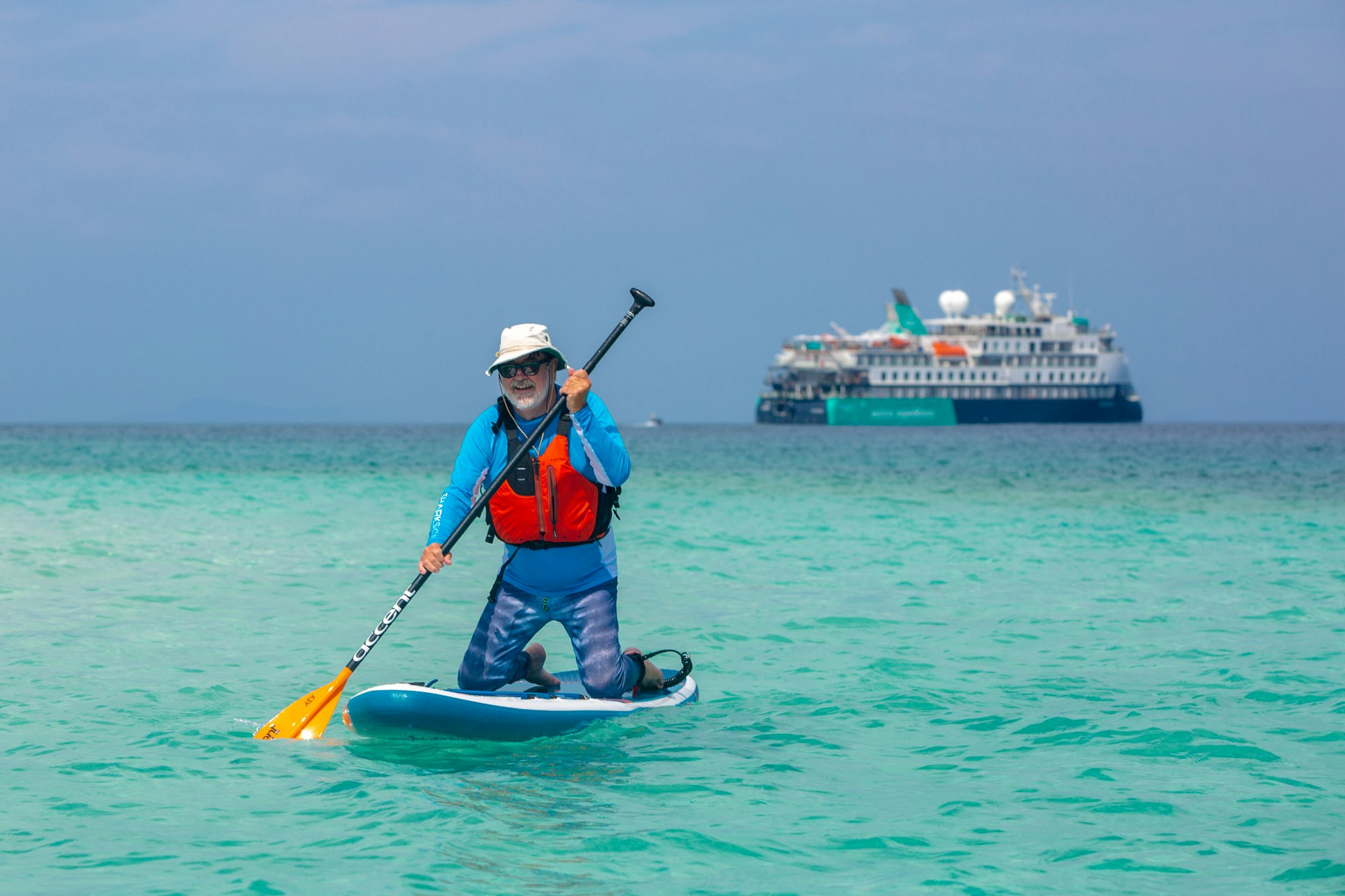

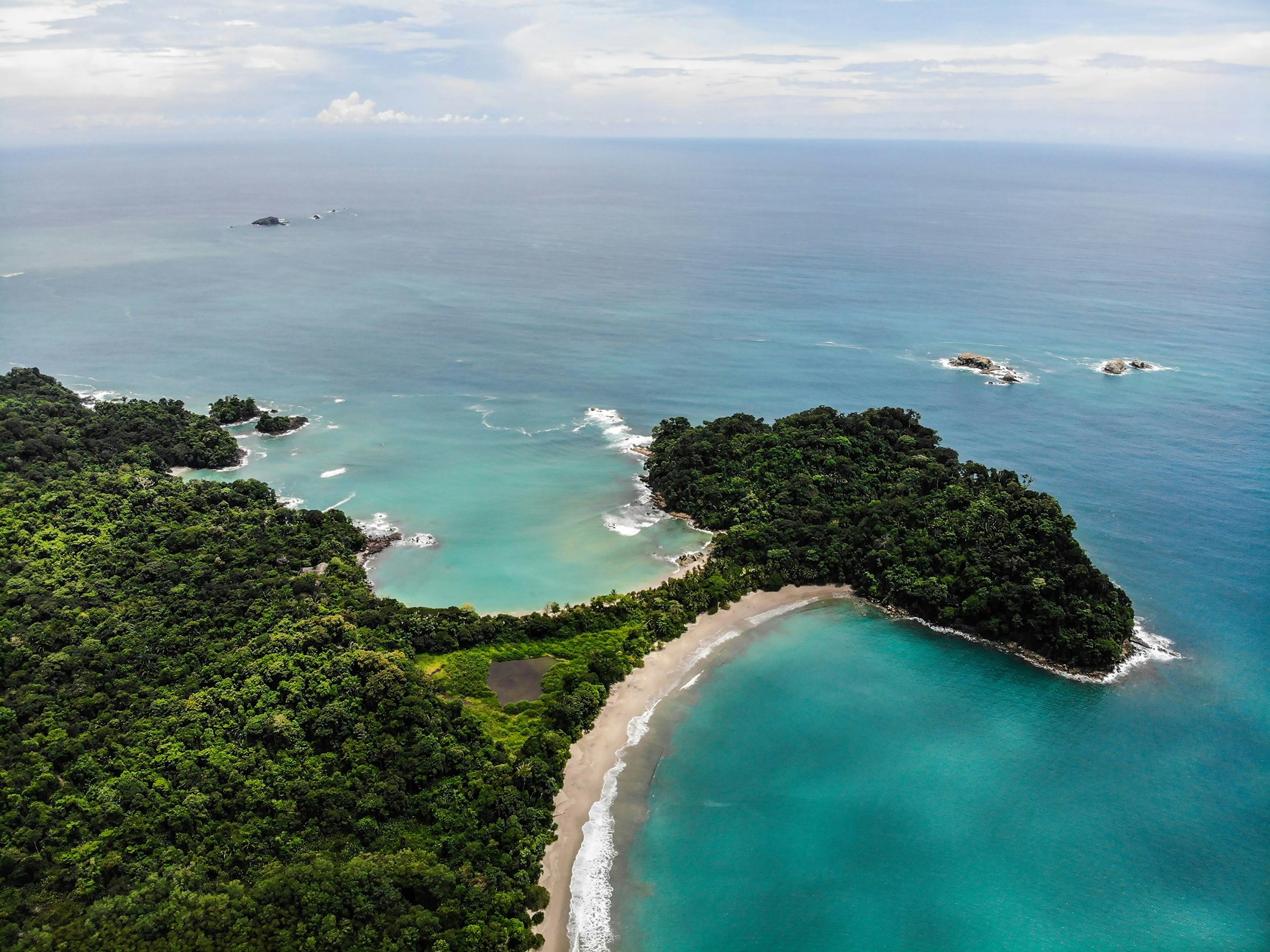.jpg?language=en&auto=format&w={width}&fit=cover)


